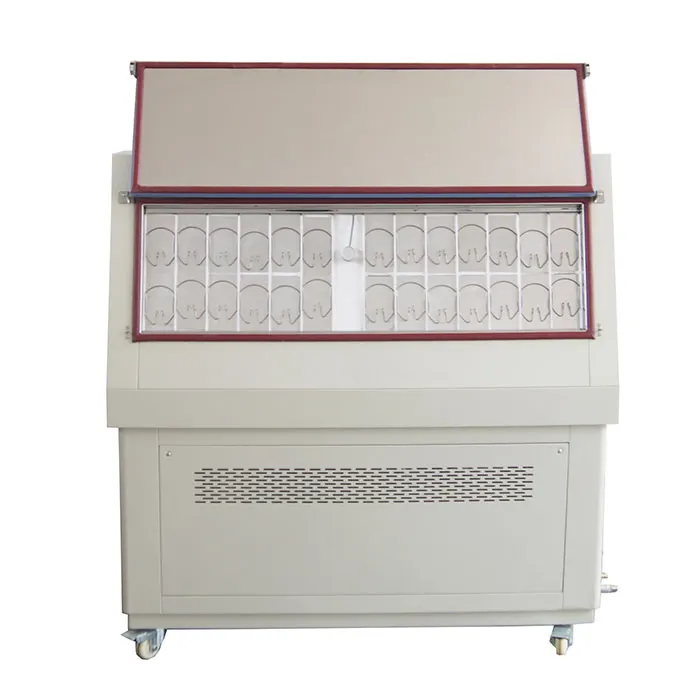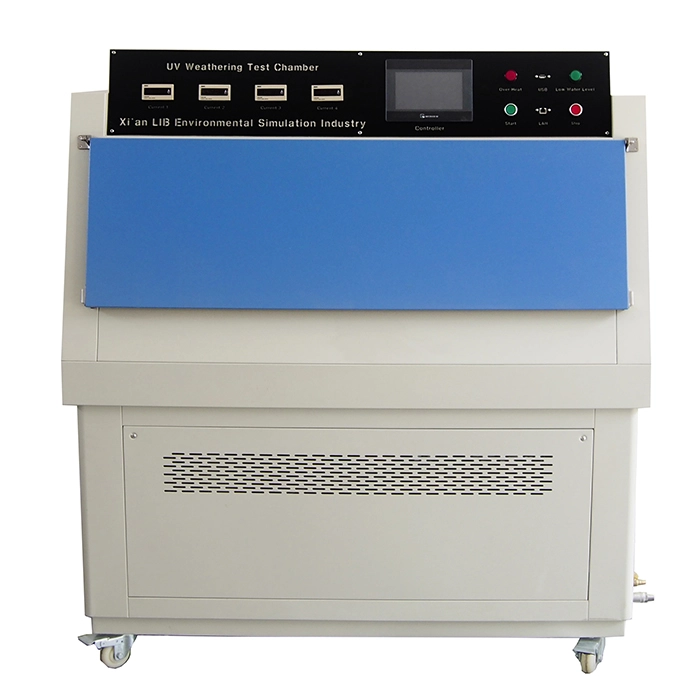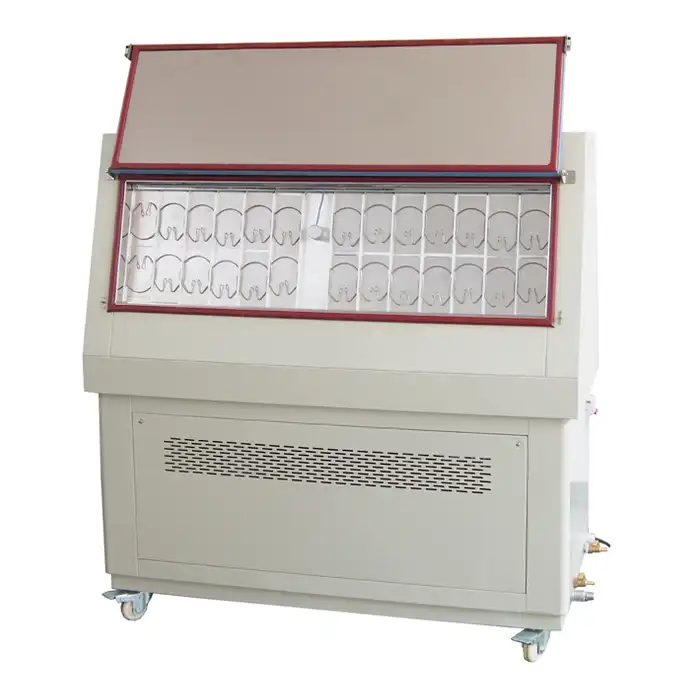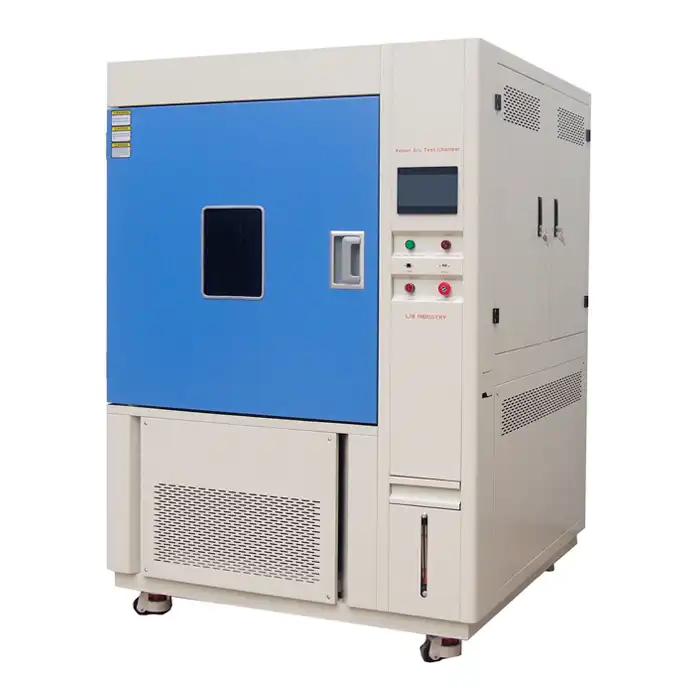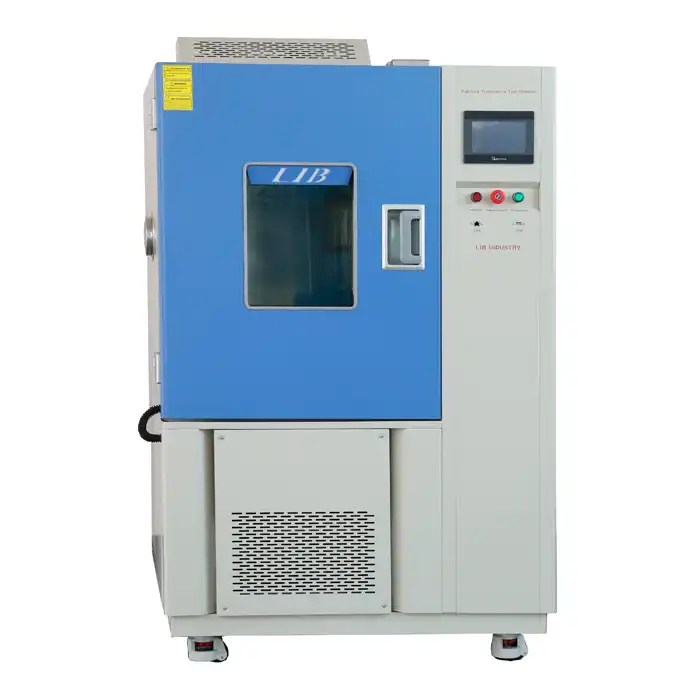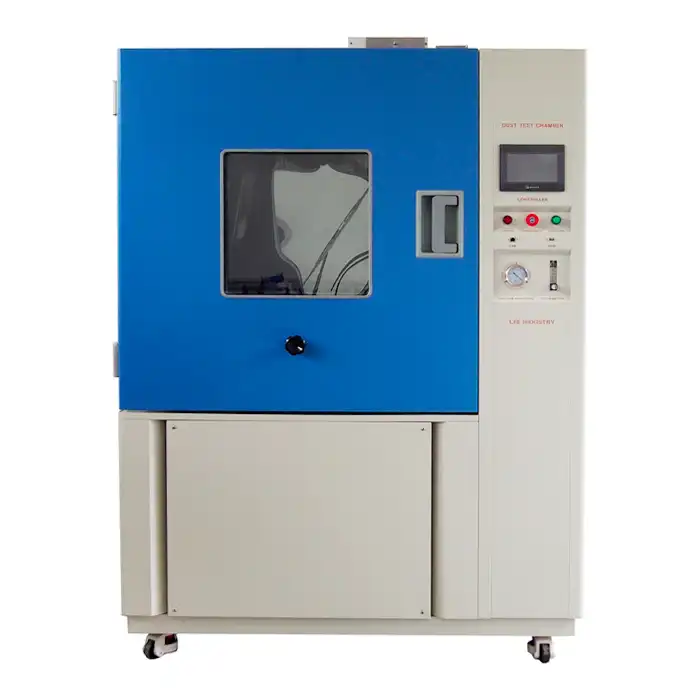MIL-STD-810G Rain Test Chamber in Aerospace Applications
In the aerospace industry, ensuring the reliability of components and systems under harsh environmental conditions is critical. The MIL-STD-810G rain test chamber is an essential tool for manufacturers to simulate these conditions and validate the durability and water resistance of their products.
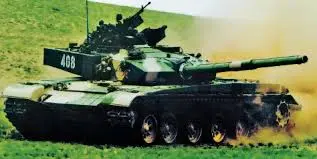
Understanding MIL-STD-810G in Aerospace: Setting the Standard for Reliability
MIL-STD-810G is a military testing protocol designed to evaluate the performance of equipment under various environmental conditions. In the aerospace sector, this standard is instrumental in ensuring that components, from electronics to mechanical systems, can withstand harsh environments, including rain, heat, and humidity. The rain test chamber, based on this standard, accurately replicates heavy rainfall, enabling manufacturers to assess how well aerospace equipment performs in simulated wet conditions. By adhering to MIL-STD-810G, manufacturers ensure that their products meet stringent reliability standards required for flight safety and operational efficiency.
Avionics and Electronics: Ensuring Functionality in Wet Conditions
Avionics and electronic systems are essential for flight control, communication, and navigation. However, they are also highly sensitive to moisture, and even a small amount of water intrusion can cause malfunctions. The MIL-STD-810G rain test chamber allows aerospace companies to simulate various rain intensities and durations, ensuring that avionics stay operational under these conditions.
For example, during a typical 30-minute test, avionics components are subjected to heavy rainfall at different angles and pressures. Engineers assess how well the protective enclosures and seals prevent water from entering sensitive areas. A common test involves placing navigation systems like GPS units into the chamber to verify that they continue to function accurately despite exposure to moisture.
Through such rigorous tests, manufacturers can identify weak points in the design, such as inadequate sealing or insufficient waterproofing, and make necessary improvements. This ensures that avionics will perform reliably in real-world scenarios, where flights may encounter heavy rain or storms.
Aircraft Surface Coatings and Paints: Evaluating Durability and Water Resistance
Aircraft exterior coatings and paints are not just for aesthetics - they play a critical role in protecting the aircraft from environmental factors, including rain and moisture. The MIL-STD-810G rain test chamber is used to evaluate how well these coatings can resist water damage over time.
During testing, the rain chamber simulates continuous or intermittent rain for hours or even days, depending on the test parameters. Engineers evaluate the aircraft's surface for signs of degradation, such as peeling, blistering, or corrosion. For example, metallic surfaces are particularly vulnerable to water-related corrosion if the protective coating is compromised. Testing the coatings under MIL-STD-810G conditions ensures that they will maintain their effectiveness even after prolonged exposure to rain.
By subjecting materials to these tests, manufacturers can ensure that their surface treatments protect the aircraft's structural integrity, reducing maintenance costs and enhancing the lifespan of the aircraft.
Seals and Joints: Preventing Water Intrusion in Critical Areas
Aircraft rely heavily on seals and joints to prevent water intrusion into critical areas such as fuel tanks, cargo holds, and cockpit electronics. Even minor leaks in these areas can lead to significant safety concerns. The MIL-STD-810G rain test chamber allows engineers to thoroughly test the performance of seals and joints under intense water exposure.
In these tests, seals and joints are subjected to simulated rain with varying intensities, often for prolonged periods, to evaluate their ability to prevent leaks. For example, seals around cockpit windows must remain watertight to prevent water from seeping into the avionics bay, where sensitive electronic systems are housed. Engineers monitor these seals for weaknesses and adjust their designs to improve water resistance.
By identifying potential failure points, manufacturers can improve the materials and designs of seals and joints, ensuring that critical areas remain protected from water intrusion during flights, even in heavy rain or turbulent weather.
Sensor Systems: Maintaining Accuracy and Reliability in Rain
Modern aircraft rely on various sensor systems, including pitot tubes, altimeters, and weather radars, to provide pilots with critical data. These sensors are often exposed to the elements, making it essential that they continue to function reliably in rain. The MIL-STD-810G rain test chamber helps manufacturers test sensor systems under wet conditions to ensure their accuracy and dependability.
During testing, sensors are exposed to rain from various angles for extended periods. Engineers monitor the sensors' output to ensure that water does not distort readings or affect functionality. For example, pitot tubes, which measure airspeed, are prone to blockages caused by water. Testing in the rain chamber allows manufacturers to validate that these sensors remain free from interference and provide accurate data even in wet conditions.
By incorporating MIL-STD-810G testing for sensor systems, manufacturers ensure that pilots can trust the information provided by their instruments, improving safety and performance during flights through adverse weather.
Whether you are testing avionics, surface materials, seals, or sensors, LIB Industry offers comprehensive, turn-key solutions for environmental testing, including MIL-STD-810G rain test chambers designed to meet your specific requirements. For more information about our products and services, or to discuss your testing needs, contact us today at ellen@lib-industry.com.
References
1. Department of Defense. "MIL-STD-810G: Environmental Test Methods and Engineering Guidelines."
2. SAE International. "Aerospace Testing and Material Durability Standards."
3. NASA. "Reliability Testing for Avionics Systems in Adverse Conditions."
4. Boeing. "Environmental Testing for Aircraft Components and Systems."




